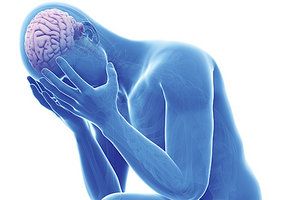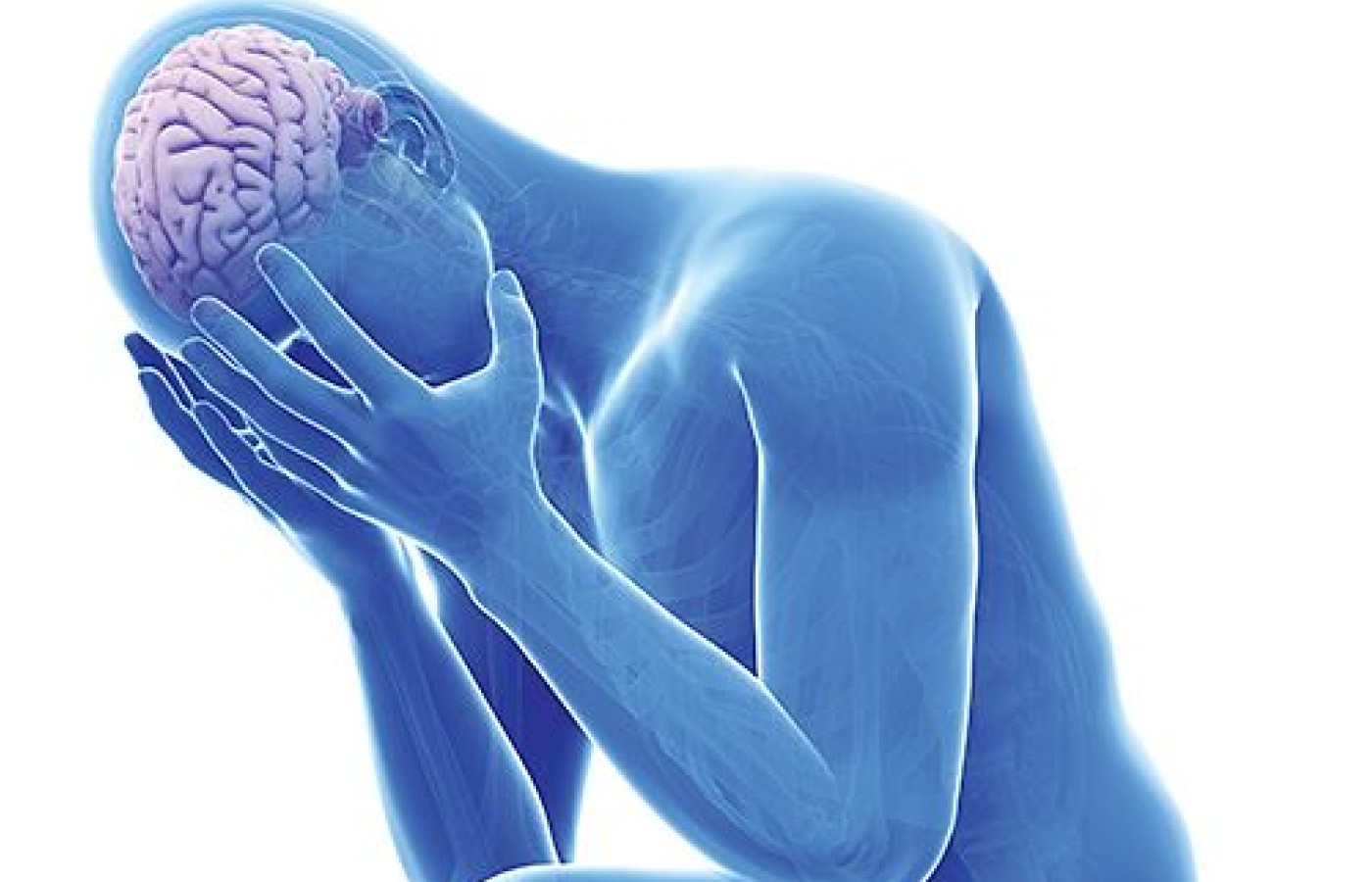You became a chiropractor to serve people, not an insurance company. You deserve to run a business that aligns with your values, supports your family and lights you up. Cash-based care isn’t just a pricing model – it’s a philosophy rooted in freedom, trust and respect for your patients and for yourself. Here's why - and how - to do it.
Thoracic Adjustments for Headaches?
As holistic practitioners, we traditionally evaluate patients with the mindset that "anything can cause anything." We recognize, for example, that foot subluxations can cause neck problems, and that a lateral atlas often corresponds to functional leg-length inequalities. But when it comes to headaches, the focus tends toward the cervical region first and foremost.
This is not without reason, of course; long before the term cervicogenic headache was coined in 1983, chiropractors had been successfully treating headache sufferers with cervical spine adjustments. In doing so, however, the association between head pain and the thoracic spine was (and still is) often overlooked.
A brief review of cervicothoracic anatomy reminds us of just how well our heads are attached to our trunks. Anteriorly, the scalenes insert on to the 2nd and 3rd ribs, while posteriorly, the neck extensors (splenius cervicis, semispinalis capitis, semispinalis cervicis) insert as far down as T6. Incidentally, any thorough evaluation of the headache sufferer also would include an assessment of the thoracic region, particularly in acceleration-deceleration injuries.
Apart from the clear-cut biomechanical relationship between the cervical and thoracic regions, there are also neurological networks to consider. On any given week, most chiropractors are faced with a garden variety of headache cases, ranging from slightly annoying tension headaches to debilitating classic migraines. Patients often will provide diagnostic clues unwittingly with the language they use. For example, sensations described as "throbbing" or "pounding" are characteristic of vascular tissue.

Knowing this leads us to our next question: Where does intracranial vasculature receive its innervation? The short answer is from the thoracic spinal nerves, but as chiropractors, we need to narrow this down to specific segmental levels.
Intracranial vasculature receives only sympathetic innervation, not parasympathetic. This innervation is supplied by the superior cervical ganglion (SCG) found at the level of C2 and C3, just anterior to the longus capitus muscle. The SCG is a preganglionic structure which receives its innervation from the thoracic spinal nerves extending from T1 to T8 in the ciliospinal center within the intermediolateral column.
When an intracranial vascular problem arises, either from too much or not enough vasodilation, it is often secondary to structural lesions in the upper thoracic region, e.g., a vertebral subluxation / fixation. Symptoms may surface in the form of a throbbing or pulsating headache, and remediation can be brought about by chiropractic manipulation to the upper thoracic spine.
Resources
- Sjaastad O, Fredriksen TA. Cervicogenic headache: criteria, classification and epidemiology. Clin Exp Rheumatol, 2000 Mar-Apr;18(2 Suppl 19):S3-6.
- Bove G, Nilsson N. Spinal manipulation in the treatment of episodic tension-type headache. JAMA,1998;280(18):1576-1579.
- Nilsson N, Christensen HW, Hartvigsen J. The effect of spinal manipulation in the treatment of cervicogenic headache. J Manipulative Physiol Ther, 1997 Jun;20(5):326-30.
- Penfield W, McNaughton F. Dural headache and innervation of the dura mater. Arch NeurPsych,1940;44(1):43-75.



